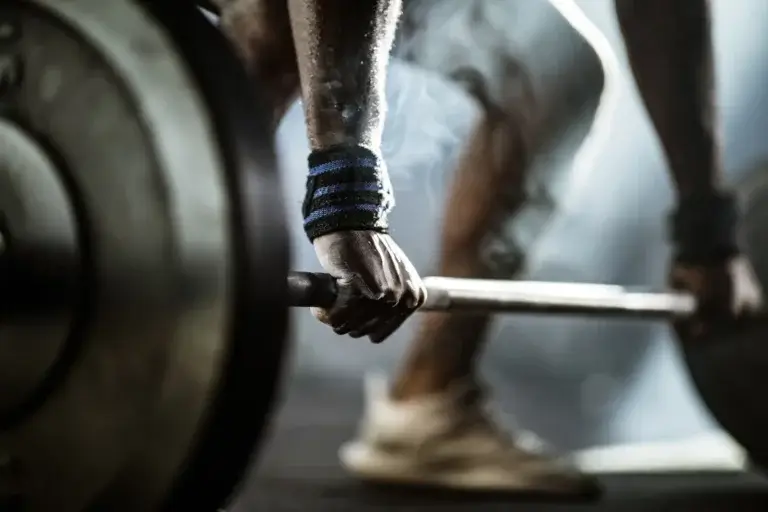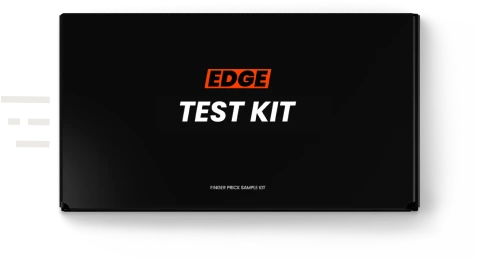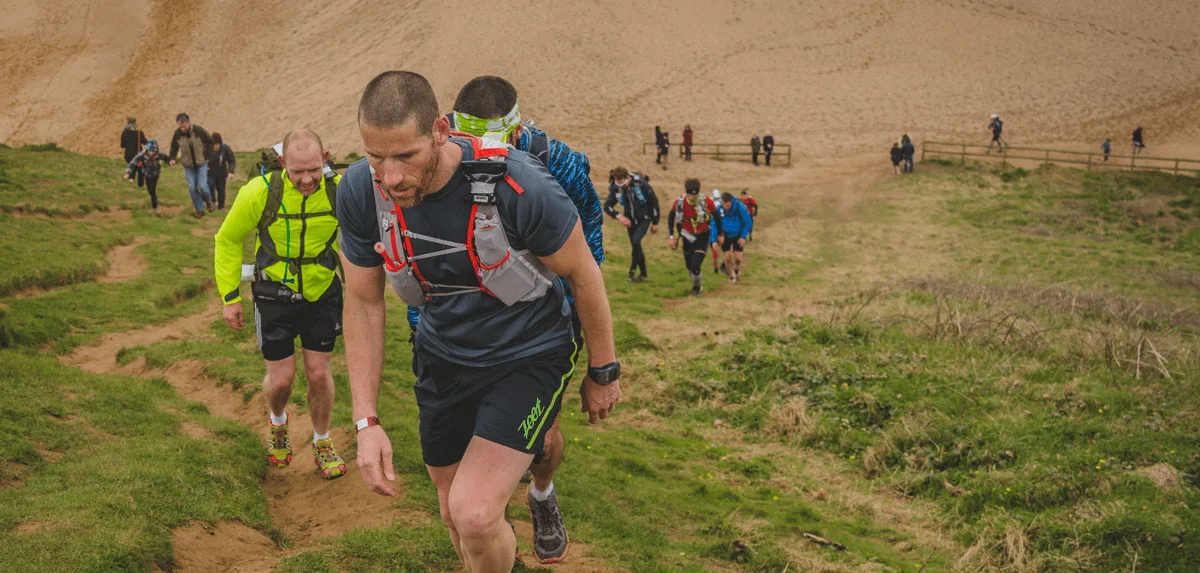
Strength
Training Frequency: How often should you exercise?
Whether you’re a bodybuilder, runner or cyclist, consistent exercise is the only way to reach new goals. But how often should you exercise? This is a common question that many people have, and the answer may not be as straightforward as you think. In this article, we’ll explore the ideal training frequency for various fitness goals, including muscle growth and weight loss.
1 min read
Published on
August 31, 2023
Written by
EDGE
Share this article
WHAT ARE THE NHS GUIDELINES FOR EXERCISING?
According to the NHS, adults should aim for at least 150 minutes of moderate aerobic activity per week, or 75 minutes of vigorous aerobic activity[1]. This can include activities such as brisk walking, cycling, or swimming. You can also combine moderate and vigorous activities to reach this goal.
But what exactly does “moderate” and “vigorous” mean? Moderate activity means that you should be able to talk, but not sing, during the activity. Vigorous activity, on the other hand, will leave you breathless and unable to say more than a few words at a time.
The NHS also advises adults to do strength training two days per week to work all major muscle groups. This can include activities such as lifting weights, doing push-ups or sit-ups, or using resistance bands.
It’s important to note that these are general guidelines, and how often you exercise will depend on your experience, fitness level and goals.
TRAINING FREQUENCY FOR MUSCLE GROWTH
In order to build muscle, you’ll need to prioritise strength training exercises, but how often do you need to train to build muscle mass?
If your goal is to build muscle mass, it’s important to work each major muscle group at least twice per week. This means that you should have a workout routine that targets your chest, back, legs, arms, and shoulders. By working each major muscle group twice per week, you’ll give your muscles enough time to recover and grow.
How many sets you do for each muscle group also has an impact on muscle growth. One study found that 3 sets stimulated the muscles to grow for up to a day[2], while 6 sets stimulated up to 2 days of growth[3]. With this in mind, you should let the muscle group you train rest for 1-3 days before training it again.
One of the most popular training schedules for muscle growth is push, pull, legs. This allows you to hit all 3 major muscle groups in just 3 sessions, allowing you to train them twice a week with a rest day in between.
TRAINING FREQUENCY FOR WEIGHT LOSS
When it comes to weight loss, it’s important to have a balanced approach to exercise. Both aerobic (cardio) and strength training can be beneficial in achieving your weight loss goals.
Aerobic exercises, such as running, cycling, or swimming, can help burn calories and improve cardiovascular health. Aim to do at least 30 minutes of moderate aerobic activity most days of the week. This can include brisk walking, jogging, or even dancing.
Strength training exercises, on the other hand, can help build lean muscle mass, which in turn can increase your metabolism and help you burn more calories even at rest[4].
However, exercising is only one part of weight loss. Weight loss is primarily achieved through a calorie deficit, which can be created through a combination of diet and exercise.
HOW MANY CALORIES SHOULD YOU EAT?
To know how much you need to eat, you first need to know your maintenance calories. This will give you a rough idea of how many calories you need to eat per day to maintain your current weight. Once you know this, you can work out how many calories you need to burn during exercise to put yourself in a calorie deficit.
It’s also important to listen to your body and give it time to rest and recover. Overtraining can lead to injury and burnout, which can set you back in your weight loss journey.
It’s important to note that everyone’s body is different, so the ideal frequency and duration of your runs may vary depending on your fitness level, age, and other factors.
THE BEST EXERCISES FOR WEIGHT LOSS AND MUSCLE GAIN
One of the most effective exercises for weight loss is high-intensity interval training (HIIT). This type of exercise involves short bursts of intense activity followed by periods of rest. HIIT can be done with a variety of exercises, including running, cycling, or swimming. Not only does HIIT burn calories during the workout, but it can also boost your metabolism and help you burn more calories throughout the day.
If you prefer a more traditional approach to cardio, aerobic exercises such as running, cycling, or swimming are also great options for weight loss. These exercises get your heart rate up and burn calories, helping you shed unwanted pounds.
But what about muscle gain? Compound lifts such as squats, deadlifts, and bench presses are great for targeting multiple muscle groups and building overall strength. And don’t forget about bodyweight exercises such as push-ups, pull-ups, and lunges, which can be done anywhere and without any equipment.
The best exercises for you depend on your individual goals and preferences. If you’re looking to lose weight and build muscle, it’s important to find a balance between cardio and strength training. Try different activities and find what works best for you and your body.
A balanced diet is also crucial in achieving and maintaining a healthy weight. Eating a variety of nutrient-dense foods, such as fruits, vegetables, whole grains, and lean protein, can help you feel full and satisfied while also providing your body with the fuel it needs to grow, repair and function at its best.
Lifestyle habits such as getting enough sleep and managing stress can also play a significant role in weight loss. Lack of sleep can lead to increased cortisol levels, which can reduce the amount of testosterone your body produces, making it harder to gain muscle, recover and perform at your best.
Remember, the key to reaching your fitness goals is consistency and dedication. Aim to create a routine that works for you and your lifestyle, and be patient with the results. With time and effort, you can achieve the health and fitness outcomes you desire.
Blood test for
Weightlifters
Male & Female Tests
sports doctor review
Results in 2 working days
Flexible subscription
Medically Reviewed

This article has been reviewed by our medical expert
Our expert Dr Thom Phillips works in NHS general practice and has a decade of experience working in both male and female elite sport. He has a background in exercise physiology and has published research into fatigue biomarkers.
Read Next...
Get expert advice to help you improve your results.
Go to our knowledge centerGet 10% off your first order
Want regular tips on how to make the most of your results? Join our newsletter and we'll give you 10% off your order!



